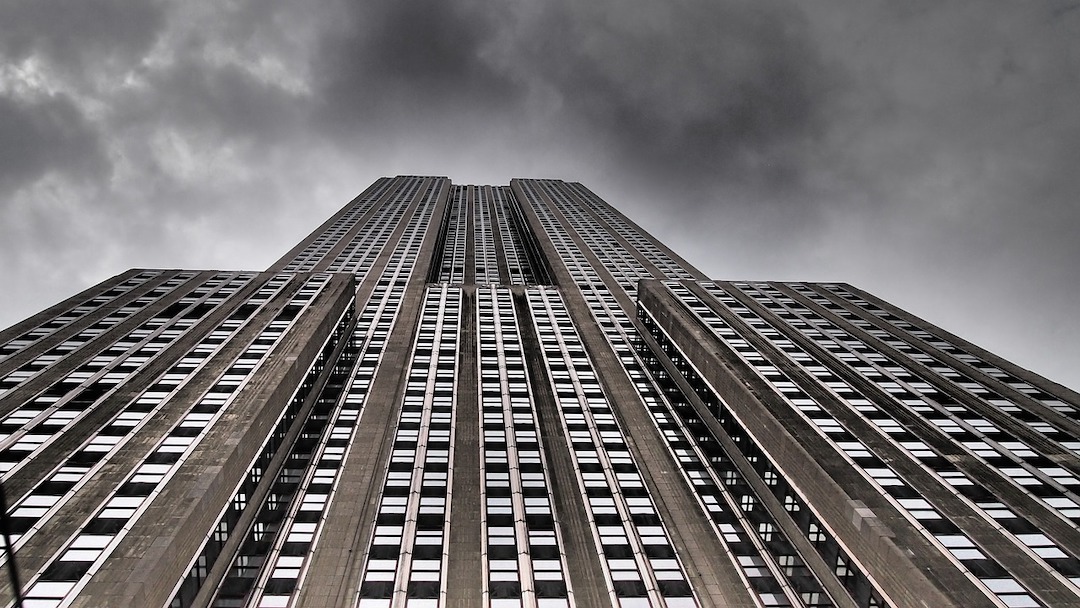A new engineering guide, “Fire Safety for Very Tall Buildings,” is now available.
Topics featured include emergency egress, fire resistance, building envelope, suppression, detection, alarms, and smoke control, with new guidance on considerations for existing buildings, energy storage systems, aerial vehicle platforms, and unique building features such as observation decks and fireworks displays. Performance-based design and international practices are also included.
The guide is a product of The Society of Fire Protection Engineers (SFPE), The International Code Council (ICC), and Springer, a global scientific and technical publisher.
“We know that very tall buildings impose unique fire protection challenges and require new engineering solutions above and beyond traditional methods,” said Nicole Boston, CAE, Chief Executive Officer, Society of Fire Protection Engineers, in a news release. “This engineering guide provides fire safety engineers and fire protection professionals with specific and necessary engineering principles to overcome the challenges of fire and to protect very tall buildings, their occupants, and first responders.”
Related Stories
Codes and Standards | Jun 6, 2018
LEED should be updated to combat climate change
Hasn’t kept pace with urgency of problem, says clean energy investor.
Codes and Standards | Jun 5, 2018
Sports stadiums and arenas showcase sustainability features
Green venues save owners money, gain positive publicity.
Codes and Standards | Jun 4, 2018
L.A. must transition to cleaner energy, boost transit to reach sustainability goals
City aims to reduce GHGs 60% by 2035 and 80% by 2050.
Codes and Standards | Jun 4, 2018
Washington D.C.’s flattened skyline can be a virtue
Zoning ordinance that ties building heights to width of streets dictates form.
Codes and Standards | May 30, 2018
Silicon Valley cities considering taxes aimed at large employers
The aim is to offset the impact on housing costs and homelessness by tech companies.
Codes and Standards | May 30, 2018
OSHA proposes new crane operator safety rule
Would provide long-term clarity on certification requirements.
Codes and Standards | May 29, 2018
Government support helping to drive demand for green building materials
Market projects to grow 12.5% annually between 2013 and 2019.
Codes and Standards | May 24, 2018
‘Amazon tax’ could slow Seattle’s construction boom
City imposes employer head count tax to fund affordable housing.
Codes and Standards | May 23, 2018
AAMA releases 2017/2018 fenestration market studies
Offers forecasts of industry trends.
Codes and Standards | May 22, 2018
Registration open for 2018 National Energy Codes Conference
U.S. Department of Energy event to be held July 15th-17th in Austin.

















